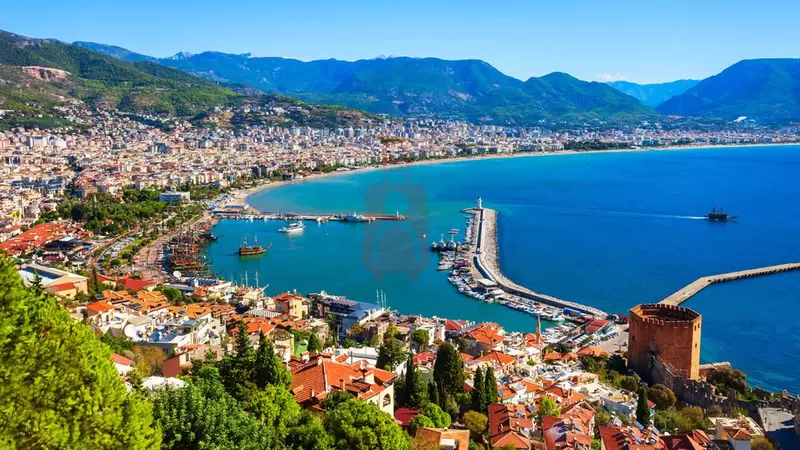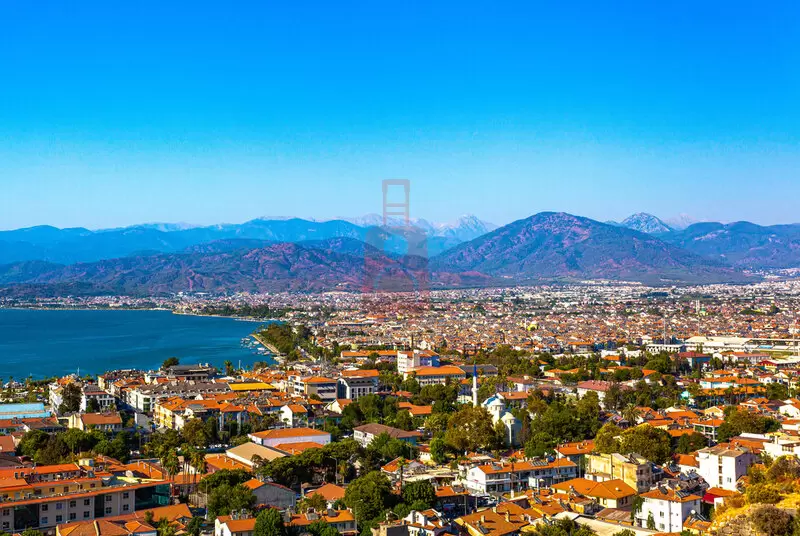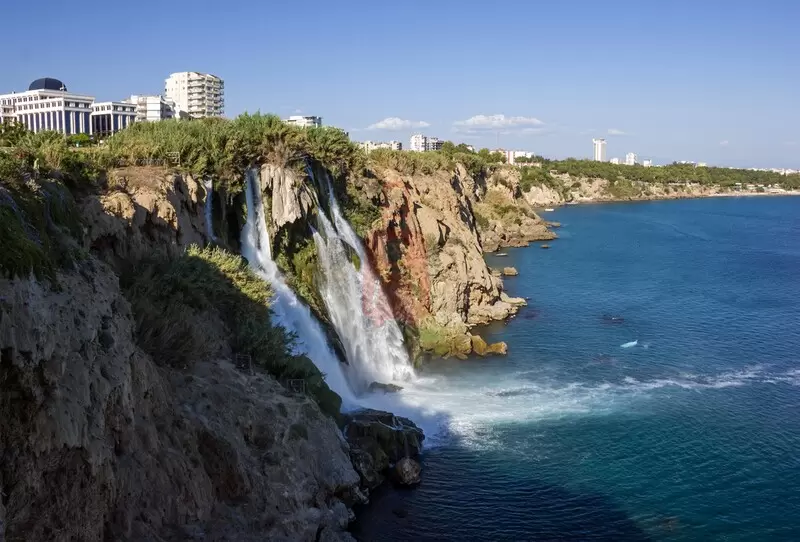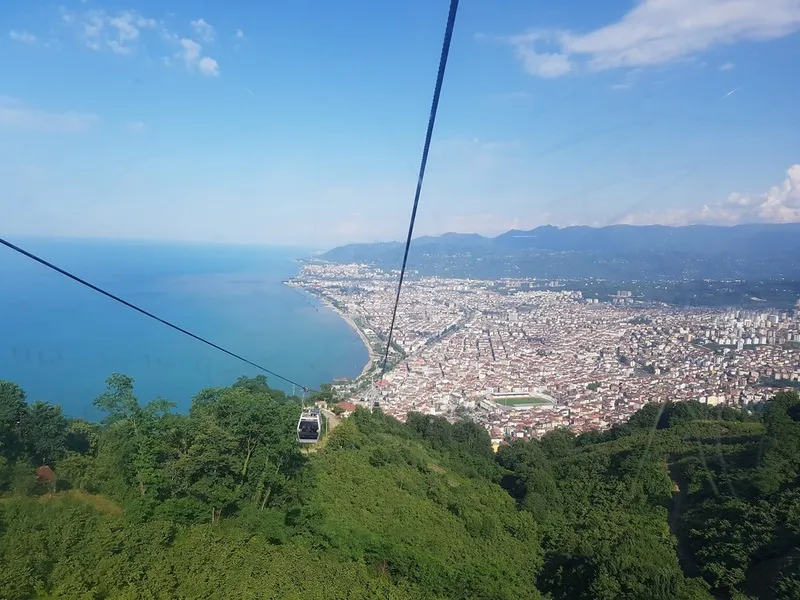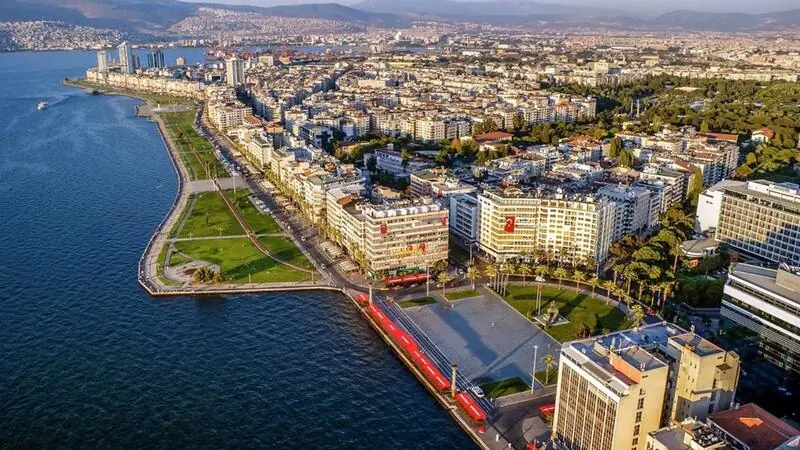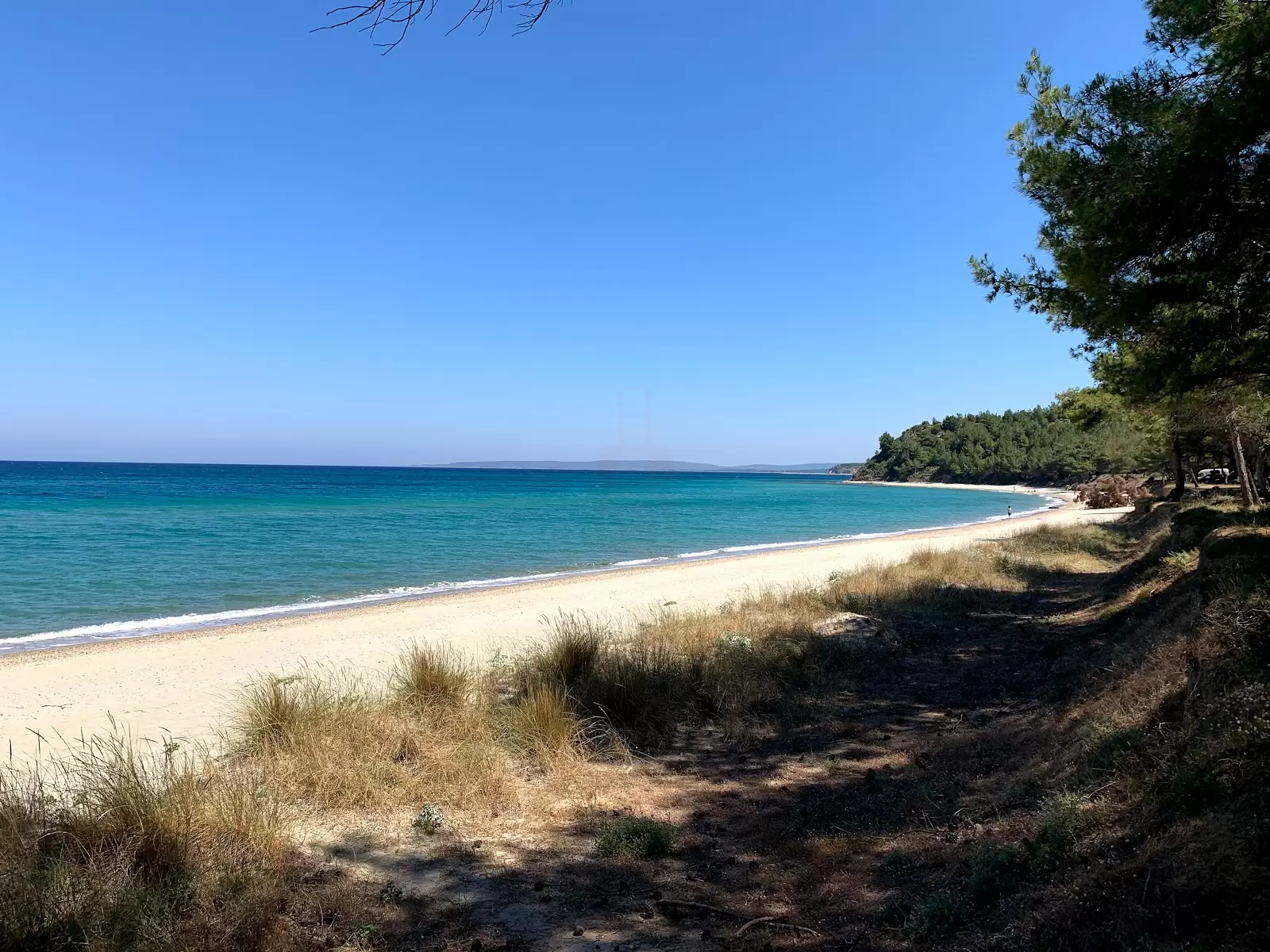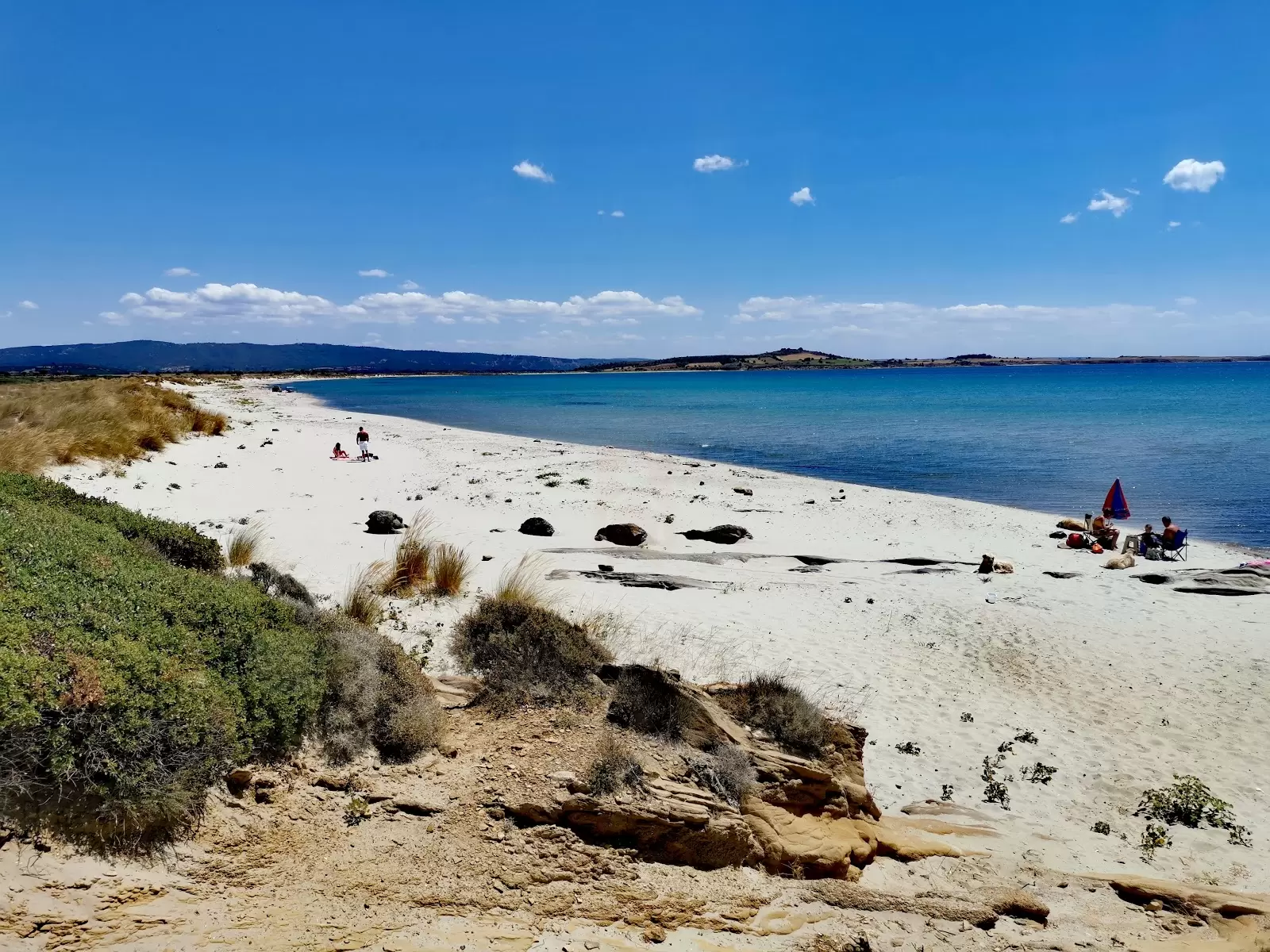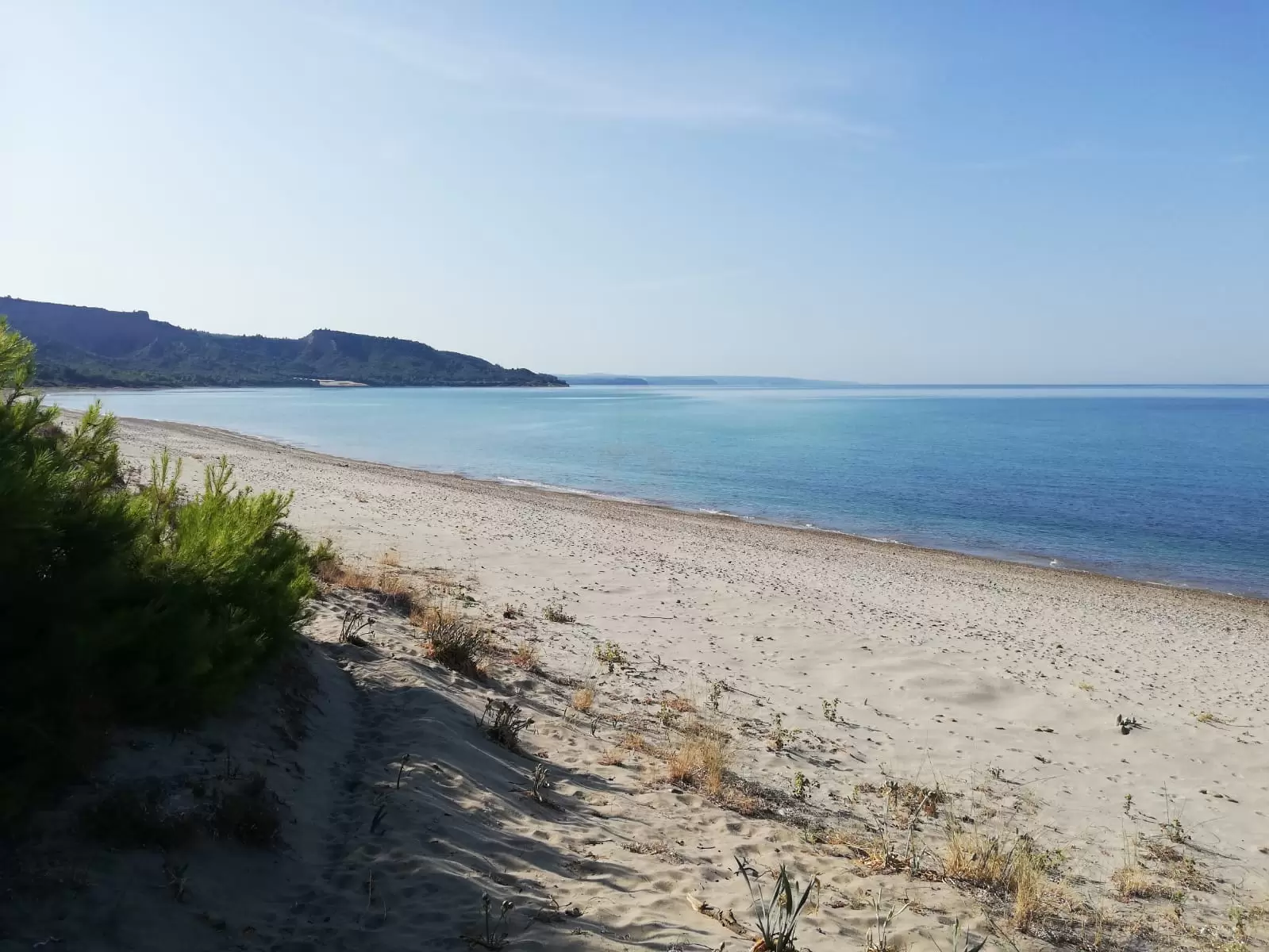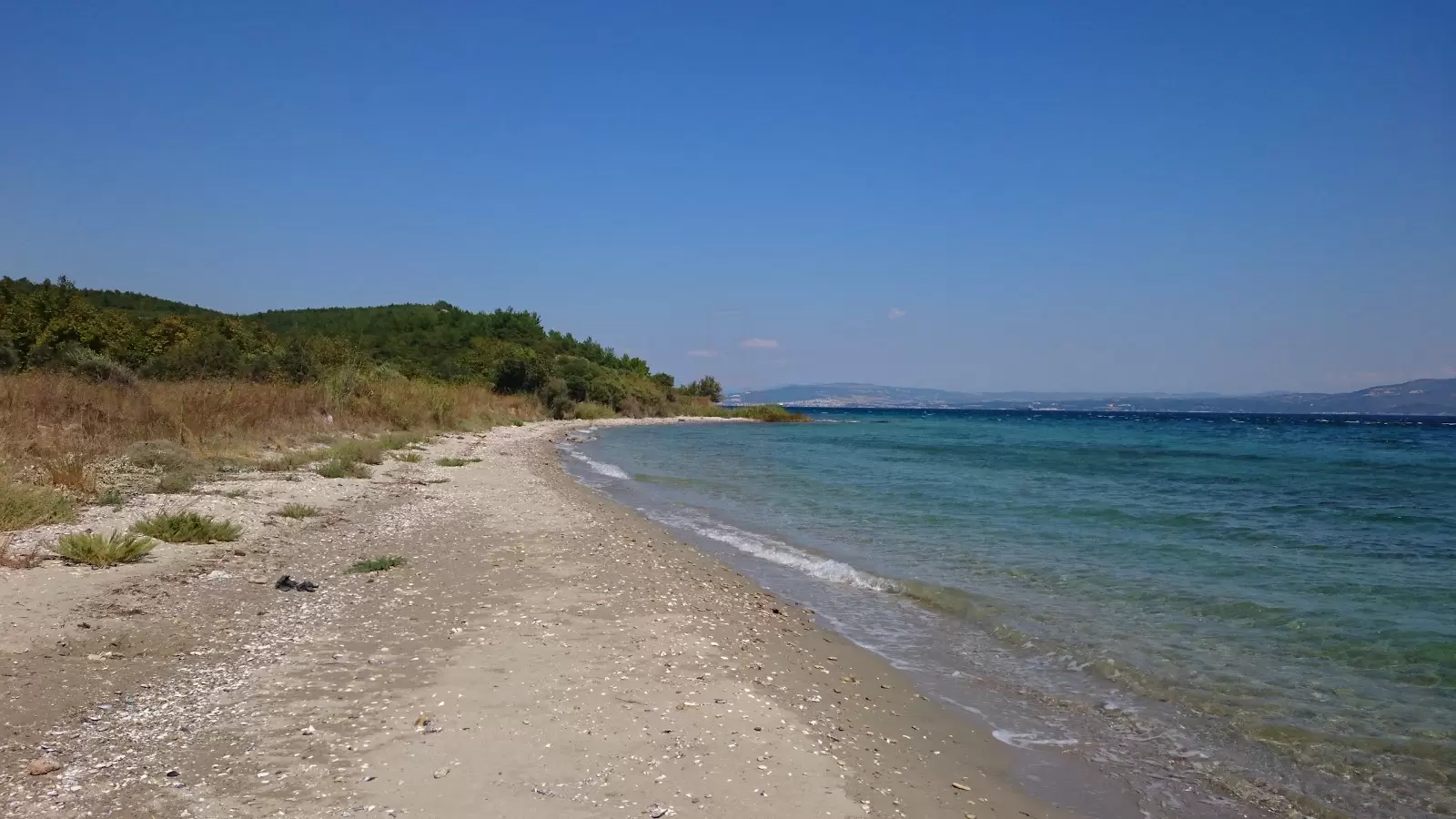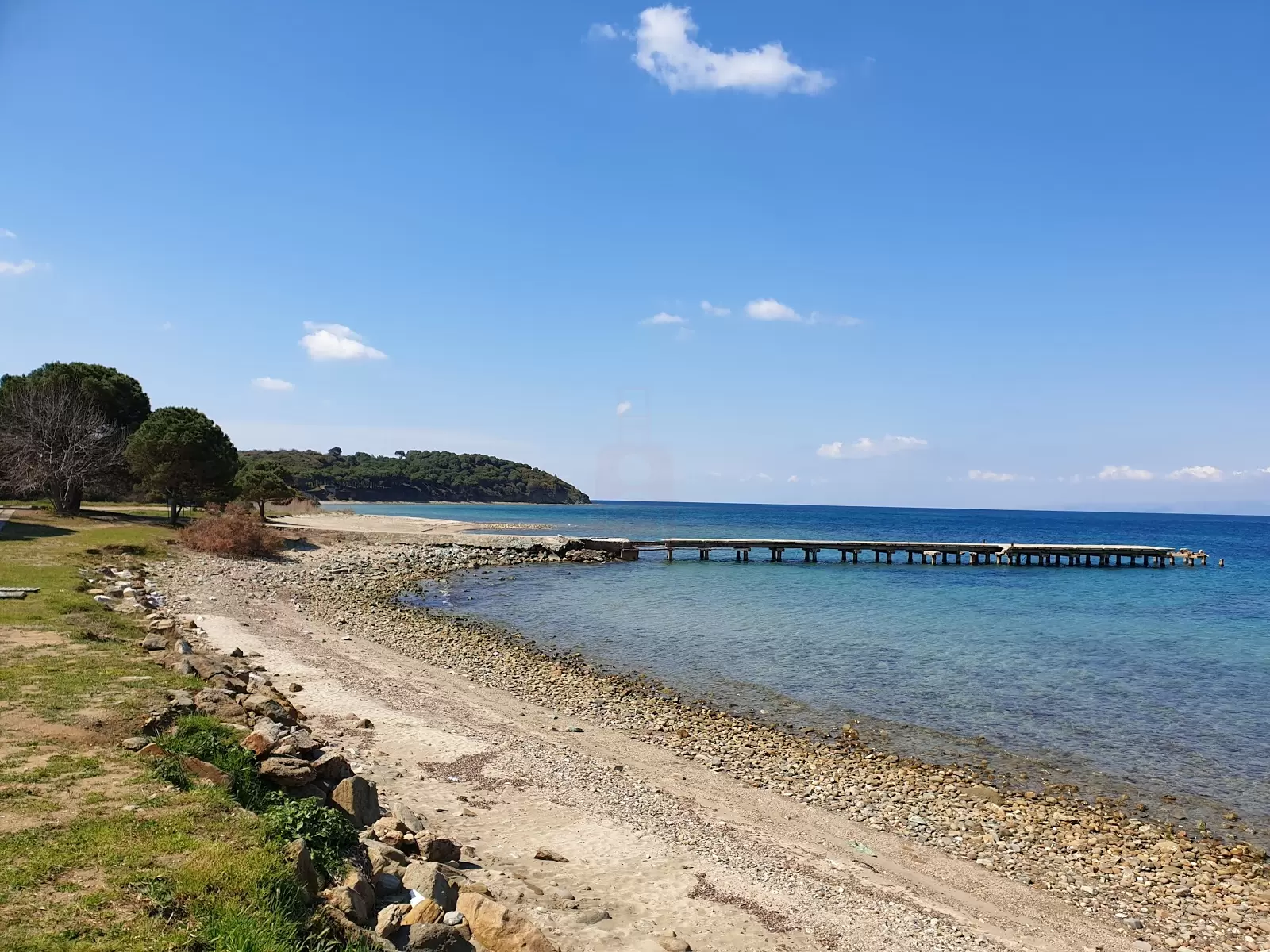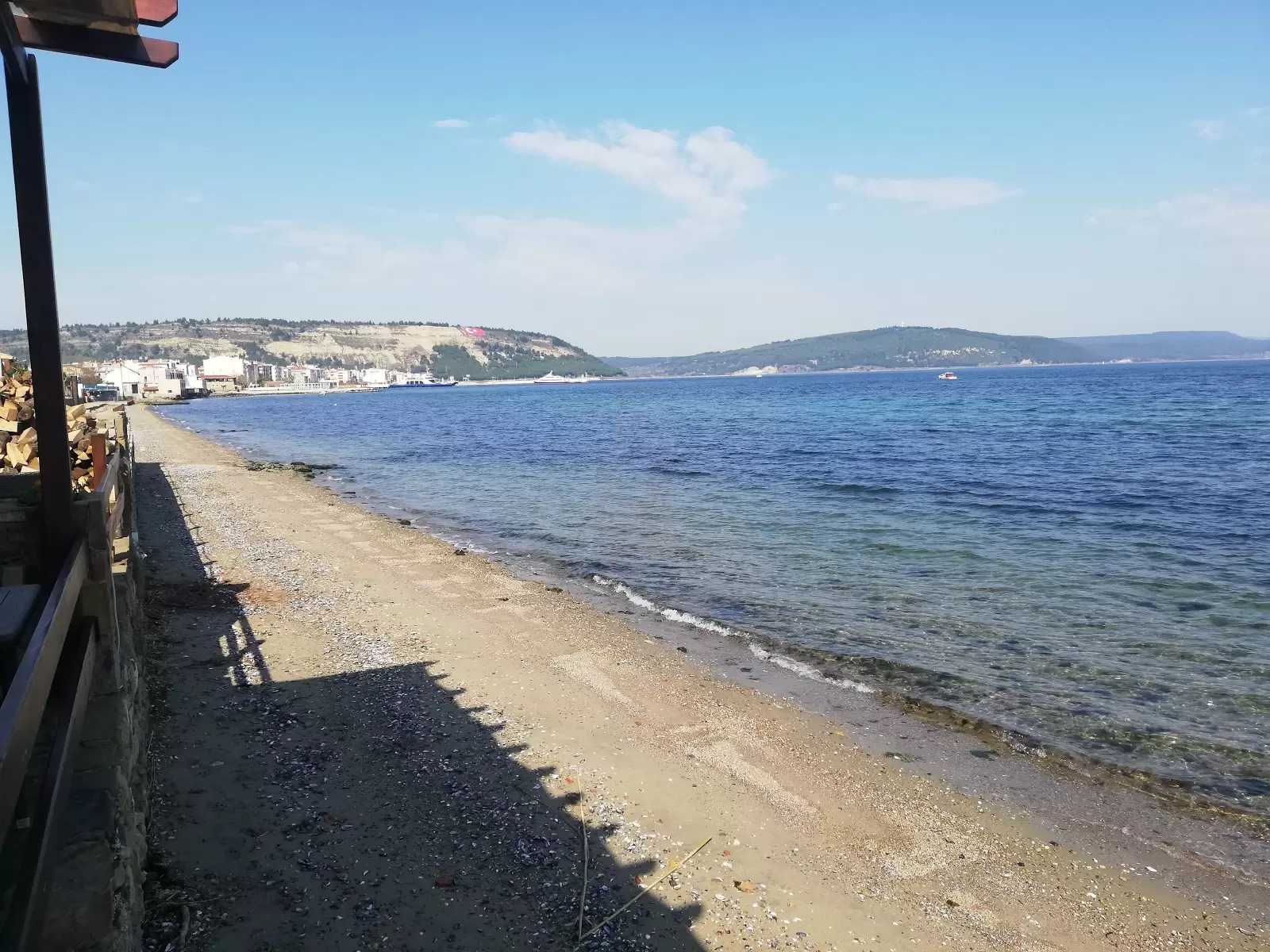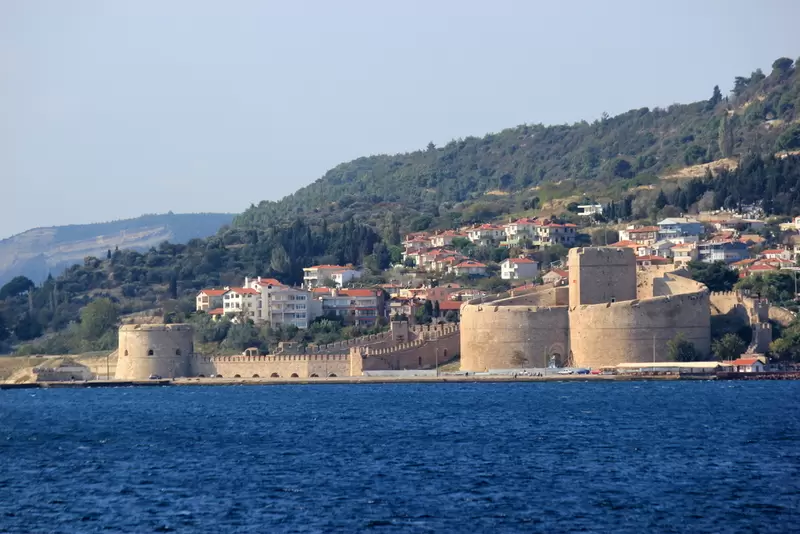
Eceabat is a small yet historically significant town located in Çanakkale Province, on the eastern coast of the Gallipoli Peninsula, overlooking the Dardanelles Strait. Known for its proximity to the Gallipoli battlefields, Eceabat is a key destination for visitors interested in World War I history. However, the town also offers scenic coastal views, peaceful surroundings, and access to nature, making it a well-rounded destination for travelers who appreciate both history and outdoor beauty.
Location
Eceabat is situated on the Gallipoli Peninsula, directly across the Dardanelles Strait from the city of Çanakkale. The town is approximately 10 kilometers from the city center of Çanakkale, easily accessible by ferry. Eceabat's coastal location provides breathtaking views of the strait, and its position on the peninsula places it at the heart of one of Turkey's most significant historical regions. The Gallipoli Peninsula, which played a crucial role during the Gallipoli Campaign of World War I, is now home to numerous memorials, cemeteries, and historical sites, all of which are easily accessible from Eceabat.
Facilities
Although Eceabat is a small town, it provides a range of facilities to ensure a comfortable stay for visitors. Several hotels, guesthouses, and small boutique accommodations are available, offering a variety of options for different budgets. Many of these accommodations are located near the waterfront, allowing visitors to enjoy beautiful sea views and easy access to the town’s main attractions. For a more tranquil experience, there are also rural guesthouses and eco-lodges in the surrounding countryside, where travelers can enjoy the peaceful natural environment.
Eceabat has several restaurants and cafes that serve a mix of traditional Turkish cuisine and fresh seafood, thanks to its coastal location. Visitors can enjoy local specialties like fish, mezes, and kebabs, often paired with views of the Dardanelles. There are also small markets, grocery stores, and shops selling local products, including olive oil, honey, and handicrafts.
The town's compact size makes it easy to explore on foot, and there are several parks, walking paths, and benches along the waterfront where visitors can relax and take in the views. For those interested in learning more about the area's history, Eceabat has a few small museums and information centers that provide insights into the Gallipoli Campaign and the region's historical significance.
Water Sports and Beach Activities
While Eceabat is primarily visited for its historical significance, its coastal location also makes it an attractive destination for water-based activities. The Dardanelles Strait offers opportunities for swimming, fishing, and boating, and several local operators in Eceabat arrange boat tours, fishing trips, and equipment rentals. These tours often provide a unique perspective on the Gallipoli Peninsula, allowing visitors to view the coastline and historical landmarks from the water.
The beaches around Eceabat are relatively quiet and undeveloped, offering a peaceful and relaxing environment for sunbathing and swimming. The waters of the Dardanelles are generally calm, making them suitable for swimming, although visitors should be aware of strong currents in certain areas. Kayaking and paddleboarding are other popular activities, allowing visitors to explore the coastline at their own pace. For those looking for more adventurous water sports, nearby coastal towns on the Aegean Sea offer options for windsurfing, kitesurfing, and scuba diving.
Nearby Attractions
Eceabat is surrounded by several important historical and natural attractions, making it an excellent base for exploring the Gallipoli Peninsula and the wider Çanakkale region.
The primary attraction in the area is the Gallipoli Peninsula Historical National Park, which covers much of the peninsula and preserves the battlefields, cemeteries, and memorials associated with the Gallipoli Campaign of World War I. Key sites within the park include Anzac Cove, where the Australian and New Zealand Army Corps (ANZAC) forces landed in 1915, the Lone Pine Memorial, and the Turkish 57th Infantry Regiment Memorial, among many others. These sites commemorate the soldiers who fought and died during the campaign, and they are visited by thousands of people each year, particularly during the annual Anzac Day commemorations in April.
Another important site near Eceabat is the Çanakkale Martyrs' Memorial, located at the southern tip of the Gallipoli Peninsula. This towering monument honors the Ottoman soldiers who lost their lives during the Gallipoli Campaign and offers stunning views of the Dardanelles and the surrounding landscape. The nearby Kabatepe Museum provides further historical context, with exhibits detailing the events of the campaign and displaying artifacts from the period.
For nature lovers, the Gallipoli Peninsula also offers several scenic hiking trails, many of which pass through areas of historical significance. Visitors can hike along the coastline, through pine forests, and across the rolling hills of the peninsula, often encountering memorials, cemeteries, and landmarks along the way. The combination of history and natural beauty makes these hikes a unique experience.
In addition to its historical attractions, Eceabat is close to Troy, one of the most famous archaeological sites in the world. Located about 40 kilometers from Eceabat, the ancient city of Troy is a UNESCO World Heritage Site and is best known for its role in Homer’s Iliad. Visitors can explore the archaeological remains of the city, including its walls, gates, and temples, as well as the on-site museum, which provides insights into the history and significance of Troy.
Accessibility
Eceabat is easily accessible by both land and sea, making it a convenient destination for travelers from across Turkey and beyond.
For those traveling by road, Eceabat is connected to the rest of the Gallipoli Peninsula by well-maintained highways. The town is located along the D550 highway, which runs the length of the peninsula and connects it to the city of Gelibolu to the north and the southern tip of the peninsula. The drive from Istanbul to Eceabat takes approximately 4 to 5 hours, depending on traffic and ferry schedules.
For travelers coming from the city of Çanakkale, Eceabat is just a short ferry ride away. Regular ferries operate between Çanakkale and Eceabat throughout the day, offering a scenic and relaxing way to cross the Dardanelles Strait. The ferry ride takes about 25 minutes, and ferries can accommodate both passengers and vehicles.
The nearest airport to Eceabat is Çanakkale Airport, which offers domestic flights to and from Istanbul. From the airport, visitors can take a short taxi or bus ride to the ferry terminal in Çanakkale and then cross to Eceabat by ferry. For international travelers, Istanbul’s Atatürk Airport and Sabiha Gökçen Airport are the closest major airports, both of which are well-connected to the Gallipoli Peninsula by road and ferry.
Best Time to Visit
The best time to visit Eceabat is during the spring (April to June) and autumn (September to November) months, when the weather is mild and pleasant. During these seasons, temperatures range from 15 to 25 degrees Celsius, making it ideal for exploring the historical sites, enjoying outdoor activities, and taking in the natural beauty of the area. The spring months are particularly beautiful, as the landscape is lush and green, and the annual Anzac Day commemorations take place on April 25th, attracting visitors from around the world.
Summer (July to August) is also a popular time to visit, especially for those looking to enjoy the beaches and warm weather. However, summer temperatures can rise to 30-35 degrees Celsius, so visitors should be prepared for hot and sunny conditions. The beaches near Eceabat are a great place to cool off during the summer months, and the town’s coastal location provides some relief from the heat thanks to the sea breezes.
Winter (December to February) in Eceabat is mild, with cooler temperatures ranging from 5 to 15 degrees Celsius. While it may not be the best time for outdoor activities, winter is a peaceful time to visit the town and explore its historical sites without the crowds. The cooler weather also makes it a good time for hiking and exploring the Gallipoli Peninsula, as the trails are less busy and the landscape takes on a more serene quality.
Conclusion
Eceabat is a destination that offers a unique combination of history, natural beauty, and peaceful surroundings. As the gateway to the Gallipoli Peninsula, it holds significant importance for those interested in World War I history, while also providing opportunities for relaxation and outdoor activities along the coast of the Dardanelles Strait.
With its proximity to major historical sites, scenic hiking trails, and accessible location, Eceabat is an ideal base for exploring the Gallipoli Peninsula and the wider Çanakkale region. Whether visiting for the historical significance, the natural beauty, or the peaceful atmosphere, Eceabat offers a meaningful and memorable experience for travelers seeking a deeper understanding of Turkey's past and present.
